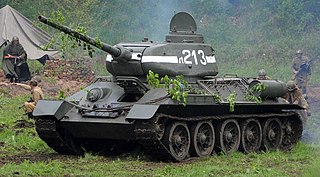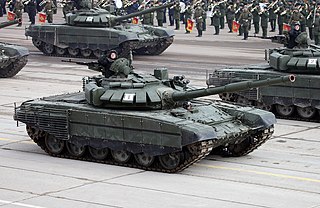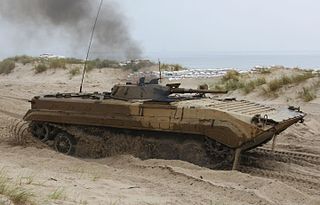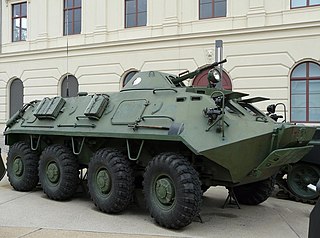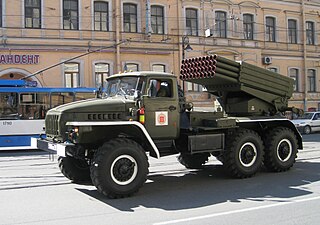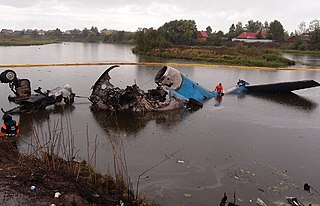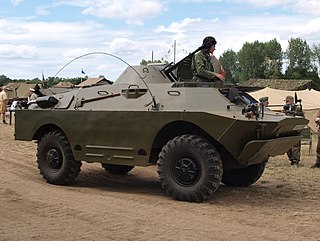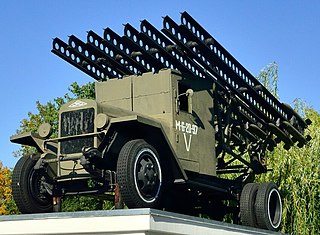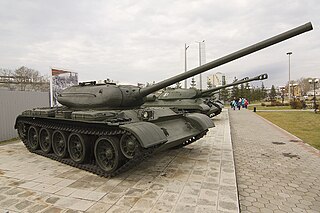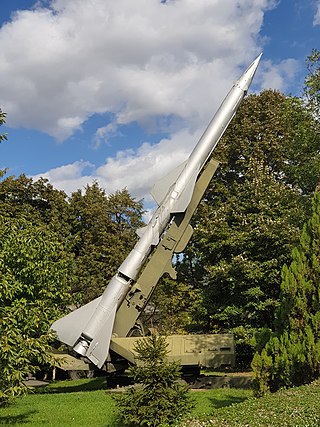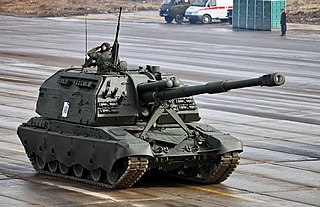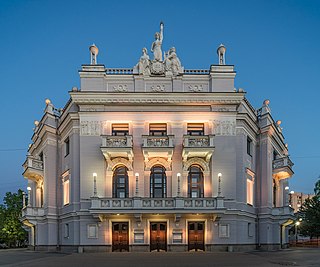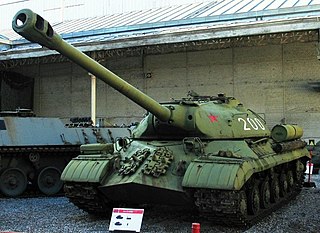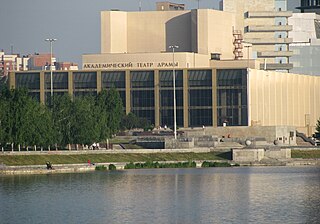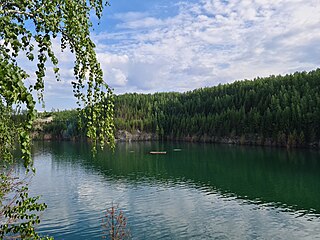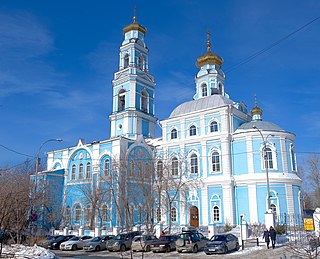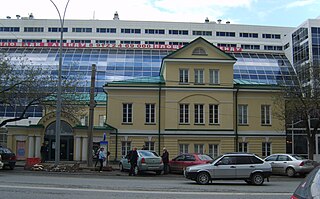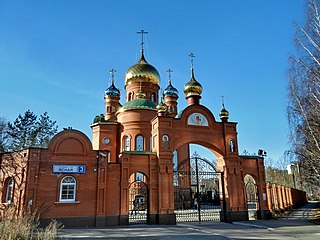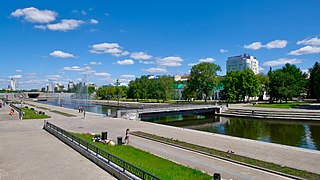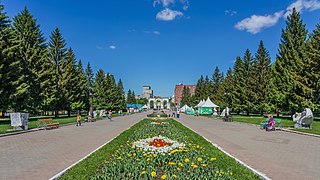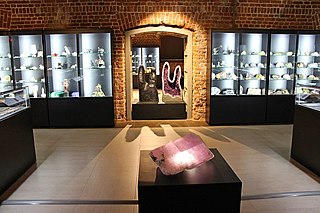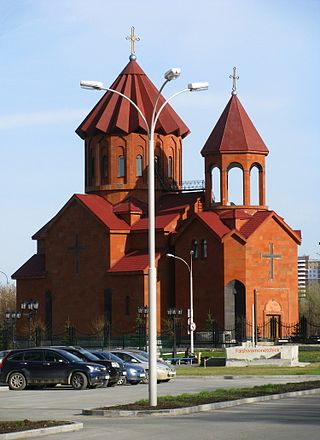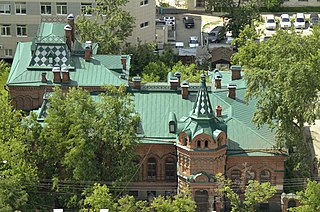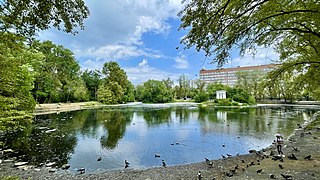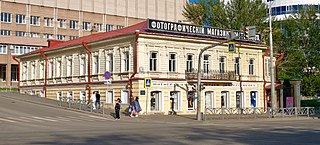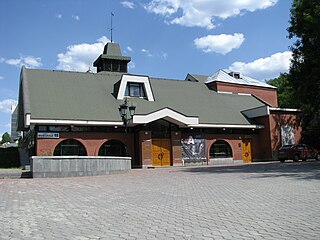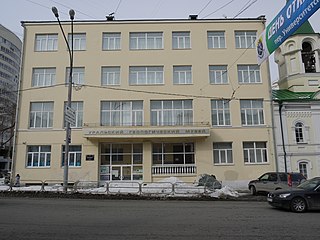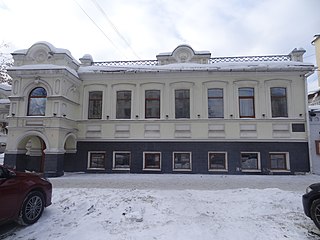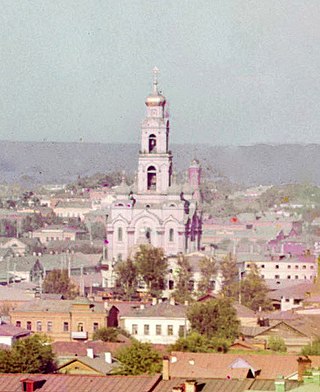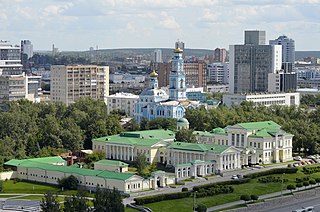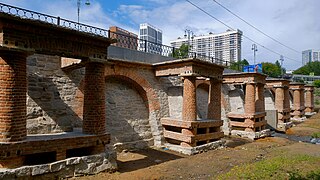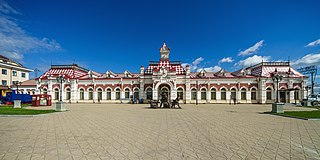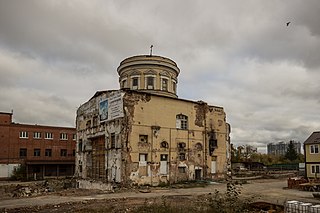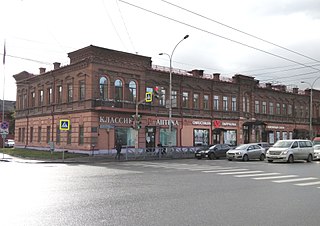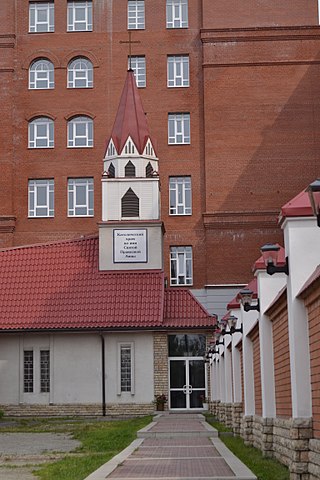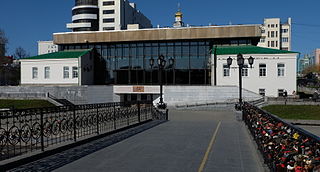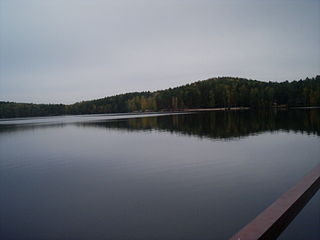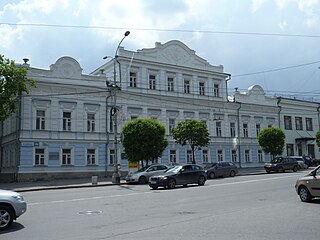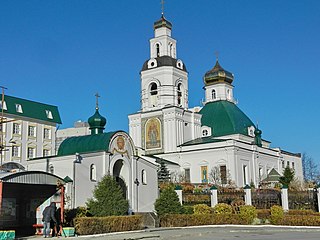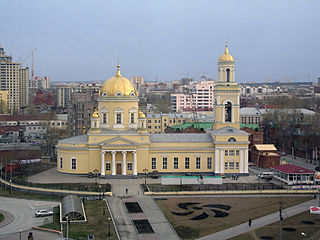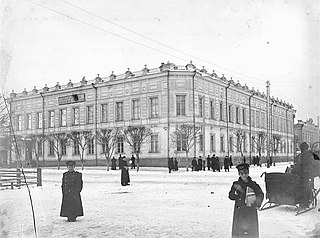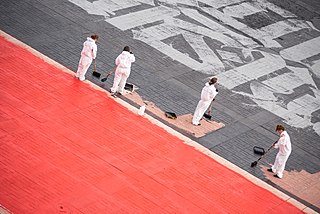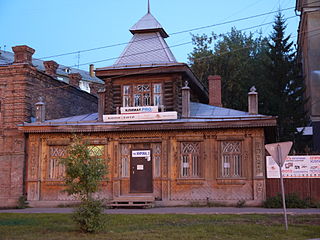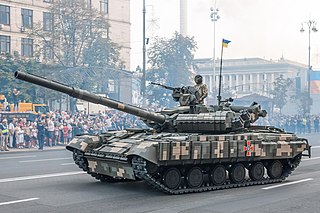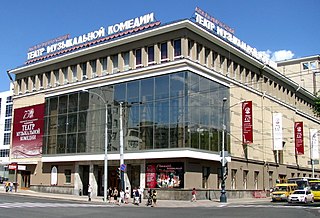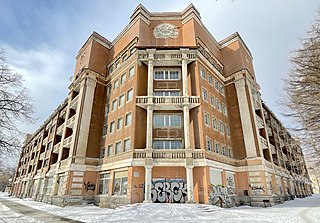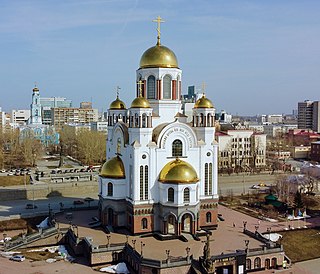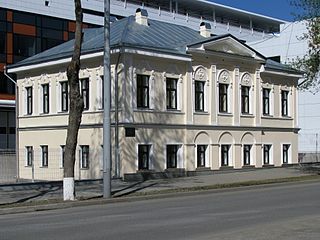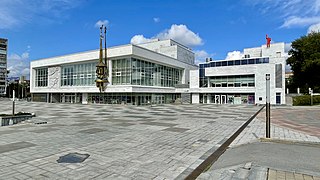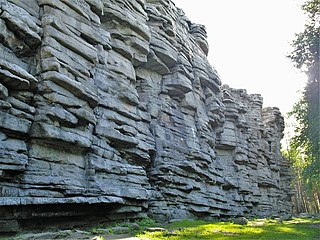56 Sights in Yekaterinburg, Russia (with Map and Images)
Legend
Welcome to your journey through the most beautiful sights in Yekaterinburg, Russia! Whether you want to discover the city's historical treasures or experience its modern highlights, you'll find everything your heart desires here. Be inspired by our selection and plan your unforgettable adventure in Yekaterinburg. Dive into the diversity of this fascinating city and discover everything it has to offer.
Sightseeing Tours in Yekaterinburg1. Т-34
The T-34 is a Soviet medium tank from World War II. When introduced, its 76.2 mm (3 in) tank gun was more powerful than many of its contemporaries, and its 60-degree sloped armour provided good protection against anti-tank weapons. The T-34 had a profound effect on the conflict on the Eastern Front, and had a long-lasting impact on tank design. The tank was praised by multiple German generals when encountered during Operation Barbarossa, although its armour and armament were surpassed later in the war. Its main strength was its cost and production time, meaning that German panzer forces would often fight against Soviet tank forces several times their own size. The T-34 was also a critical part of the mechanized divisions that formed the backbone of the deep battle strategy.
2. Т-72
The T-72 is a family of Soviet main battle tanks that entered production in 1973. The T-72 was a development based on the T-64 using thought and design of the previous Object 167M. About 25,000 T-72 tanks have been built, and refurbishment has enabled many to remain in service for decades. It has been widely exported and has seen service in 40 countries and in numerous conflicts. The Russian T-90 introduced in 1992 and the Chinese Type 99 are further developments of the T-72. Production and development of various modernized T-72 models continues today. Currently holds the record for the most MBT's lost in combat.
3. БМП-1
The BMP-1 is a Soviet amphibious tracked infantry fighting vehicle that has been in service from 1966 to the present. BMP stands for Boyevaya Mashina Pyekhoty 1, meaning "infantry fighting vehicle, 1st serial model". The BMP-1 was the first mass-produced infantry fighting vehicle (IFV) of the Soviet Union. It was called the M-1967, BMP and BMP-76PB by NATO before its correct designation was known.
4. Т-80
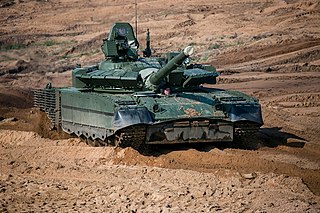
The T-80 is a main battle tank (MBT) that was designed and manufactured in the former Soviet Union and manufactured in Russia. The T-80 is based on the T-64, while incorporating features from the later T-72 and changing the engine to a gas turbine. When it entered service in 1976, it was the first production tank to be powered solely by turbine.
5. БТР-60
The BTR-60 is the first vehicle in a series of Soviet eight-wheeled armoured personnel carriers (APCs). It was developed in the late 1950s as a replacement for the BTR-152 and was seen in public for the first time in 1961. BTR stands for bronetransportyor.
6. РСЗО
The BM-21 "Grad" is a self-propelled 122 mm multiple rocket launcher designed in the Soviet Union. The system and the M-21OF rocket were first developed in the early 1960s, and saw their first combat use in March 1969 during the Sino-Soviet border conflict. BM stands for boyevaya mashina, and the nickname grad means "hail". The complete system with the BM-21 launch vehicle and the M-21OF rocket is designated as the M-21 field-rocket system and is more commonly known as a Grad multiple rocket launcher system.
7. Погибшим игрокам ХК Локомотив
On 7 September 2011, a Yakovlev Yak-42 charter flight operated by YAK-Service, carrying players and coaching staff of the Lokomotiv Yaroslavl professional ice hockey team, crashed during take-off near Yaroslavl, Yaroslavl Oblast, Russia. All but one of the 45 people on board were killed. The aircraft overran the runway at Tunoshna Airport before briefly lifting off, striking an antenna mast, catching fire, and crashing on the bank of the Volga river. The tragedy is commonly known as the Lokomotiv hockey team disaster.
8. БРДМ-2
The BRDM-2 is an amphibious armoured scout car designed and developed in the Soviet Union. It was also known under the designations BTR-40PB, BTR-40P-2 and GAZ 41-08. This vehicle, like many other Soviet designs, has been exported extensively and is in use in at least 38 countries. It was intended to replace the older BRDM-1, and has improved amphibious capabilities and better armament compared to its predecessor. The BRDM-2 production continues in Poland as of 2022.
9. РСЗО БМ-13 «Катюша»
The Katyusha is a type of rocket artillery first built and fielded by the Soviet Union in World War II. Multiple rocket launchers such as these deliver explosives to a target area more intensively than conventional artillery, but with lower accuracy and requiring a longer time to reload. They are fragile compared to artillery guns, but are cheap, easy to produce, and usable on almost any chassis. The Katyushas of World War II, the first self-propelled artillery mass-produced by the Soviet Union, were usually mounted on ordinary trucks. This mobility gave the Katyusha, and other self-propelled artillery, another advantage: being able to deliver a large blow all at once, and then move before being located and attacked with counter-battery fire.
10. Т-54
The T-54 is a Soviet medium tank. Adopted by the Soviet Army of the USSR Armed Forces in 1946, it was mass-produced since 1947, constantly being modernized. Since 1958, its modification called the T-55 has been produced, adapted to combat operations in conditions of the use of nuclear weapons. In 1961-1967, it was mainly replaced in production and in the tank forces of the USSR by the T-62 tank, created on its basis, but at OZTM, the production of the T-55 continued until 1979. Also, in a number of countries, the T-54 itself or its modernized or locally adapted versions were produced.
11. ЗРК С-75м
The S-75 is a Soviet-designed, high-altitude air defence system. It is built around a surface-to-air missile with command guidance. Following its first deployment in 1957 it became one of the most widely deployed air defence systems in history. It scored the first destruction of an enemy aircraft by a surface-to-air missile, with the shooting down of a Taiwanese Martin RB-57D Canberra over China on 7 October 1959 that was hit by a salvo of three V-750 (1D) missiles at an altitude of 20 km (66,000 ft). This success was credited to Chinese fighter aircraft at the time to keep the S-75 program secret.
12. 2С19
The 2S19 Msta-S is a 152.4 mm self-propelled howitzer designed and manufactured by Uraltransmash in the Soviet Union and later in Russia, which entered service in 1989 as the successor to the 2S3 Akatsiya. The vehicle has the running gear of the T-80, but is powered by the T-72's diesel engine.
13. Театр оперы и балета
The Yekaterinburg State Academic Opera and Balet Theater is a stationary opera and ballet theater in Yekaterinburg, founded in 1912. The building was designed by engineer V. N. Semyonov. It was here that on November 8, 1917, at an emergency meeting of the Yekaterinburg Soviet of Workers' and Soldiers' Deputies, the establishment of Soviet power in the city and in the Urals was announced.
14. ИС-3
The IS-3 is a Soviet heavy tank developed in late 1944. Its semi-hemispherical cast turret became the hallmark of post-war Soviet tanks. Its pike nose design would also be mirrored by other tanks of the IS tank family such as the IS-7 and T-10. Produced too late to see combat in World War II, the IS-3 participated in the Berlin Victory Parade of 1945, the Soviet invasion of Hungary, the Six-Day War, Yom Kippur War, and one was used during the early stages of the Russo-Ukrainian War.
15. Академический театр драмы
The Sverdlovsk State Academic Drama Theater is a Russian drama theater in the Sverdlovsk region, founded on October 2, 1930 in Sverdlovsk. Since 1977, it has had the honorary title of "academic". He was awarded the Order of the Red Banner of Labor (1980).
16. Старая Линза
Staraya Linza is a flooded quarry for the extraction of talc-magnesite in the urban-type settlement of Shabrovsky. The Shabrovskoye deposit and the plant are located 27 km south of the city of Yekaterinburg.
17. Храм в честь Вознесения Господня
The Church of the Ascension of the Lord is a parish Orthodox church in Yekaterinburg, Russia. After the demolition of the Catherine and Epiphany Cathedrals, it was the oldest surviving temple in the city. He dominates the panorama of the Ascension Hill, named after him. The parish belongs to the Yekaterinburg diocese of the Russian Orthodox Church.
18. Ekaterinburg History Museum
The Museum of the History of Yekaterinburg is located in several old buildings in the historical center of the city at 26 Karl Liebknecht Street. In the building in which in 1905 there was an illegal school of party propagandists, organized by Sverdlov Yakov Mikhailovich.
19. Храм во имя преподобного Серафима Саровского
The Church of St. Seraphim of Sarov is an Orthodox church in Yekaterinburg. It belongs to the Yekaterinburg diocese of the Russian Orthodox Church. It forms a corresponding parish together with the nearby Church of St. Nicholas the Wonderworker, which houses the locally venerated Ural Icon of the Mother of God.
20. Water Tower
The water tower in the historical square is an architectural monument of federal significance. It was built no earlier than 1891 for the needs of railway workshops. From 1947 to the 1960s. The tower was actually a two -apartment residential building. Since 1995, a branch of the Museum of History of Yekaterinburg. After the capital reconstruction of 2017-2018, a souvenir shop, a guest center and a coffee shop opened on the ground floor. Since November 2018, a museum exposition has been working on the second floor dedicated to the history of the dam and the tower.
21. №9 Historical Square
Historical Square is a square in Yekaterinburg, laid out in 1973 - for the 250th anniversary of the city. It is located on the site of the former Yekaterinburg plant, founded in 1723 and which gave rise to the city. Most of the former factory buildings were demolished during the reconstruction of 1964-1973, and several museums are now located in the surviving buildings.
22. Чёрный тюльпан
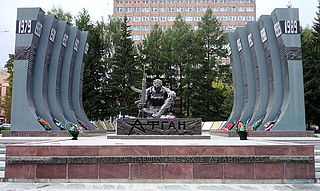
The Black Tulip is a memorial to the Ural soldiers-internationalists who died in Afghanistan, and the soldiers who died in Chechnya. It is located on the Soviet Army Square in the square of Lunacharskogo - Pervomayskaya - Mamin-Sibiryaka - Shartashskaya streets.
23. ЦПКиО им. Маяковского
The Mayakovsky Central Park of Culture and Leisure is the main park of Yekaterinburg, a place of recreation for citizens, where the main events related to folk festivals are held, as well as various concerts in the open area.
Wikipedia: Центральный парк культуры и отдыха имени Маяковского (RU)
24. В. С. Высоцкому и М. Влади
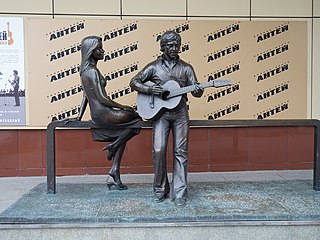
The monument to Vladimir Vysotsky and Marina Vlady is a monument erected in Yekaterinburg near the main entrance to the Antey shopping and entertainment center, at the address: Krasnoarmeyskaya Street, 10.
25. Музей камня
The Ural Mineralogical Museum of V. A. Pelepenko is a private mineralogical museum located in Yekaterinburg from 2000 to 2015 in the building of the Bolshoi Ural Hotel. In 2017-2018, he was in Pervouralsk at the Innovative Cultural Center ("puck"). Since 2018, the museum's exposition has been located in Yekaterinburg at the Main Prospekt Arts Center at 8 Lenin Avenue.
Wikipedia: Уральский минералогический музей В. А. Пелепенко (RU), Website
26. Добровольцам-танкистам
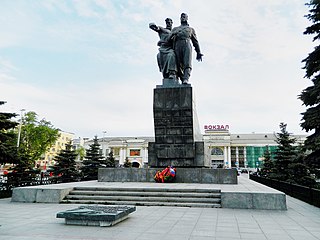
The Monument to the Soldiers of the Ural Volunteer Tank Corps is a monument on the Railway Station Square in Yekaterinburg, opened on February 22, 1962. The monument is dedicated to the heroism of the soldiers of the Ural Volunteer Tank Corps. Over time, the place "under the mitten" is popular among those who meet and leave, it is here that they arrange a meeting.
Wikipedia: Памятник воинам Уральского добровольческого танкового корпуса (RU)
27. Церковь Святого Карапета
The Church of St. Karapet is a temple of the Armenian Apostolic Church in the city of Yekaterinburg, Sverdlovsk Oblast. It is located on Tveritina Street, 54. The first Armenian temple in the Ural Federal District.
28. Особняк Железнова
Zheleznov Manor was built in the Russian style in 1892-1895 by the Yekaterinburg architect Y. O. Dutel. The estate of A. A. Zheleznov is located at 56 Rosa Luxemburg Street. It is an architectural monument of regional significance.
29. Харитоновский сад
Kharitonov Garden is an English park in Yekaterinburg, adjacent to the Rastorguev-Kharitonov estate. It was founded in 1826 and named after its founder P. Y. Kharitonov. The park has an artificial lake with two artificial islands and a round rotunda gazebo.
30. Дом Метенкова
The Metenkov House Museum of Photography is a museum of photography located in Yekaterinburg in the house of the photo chronicler Veniamin Leontievich Metenkov, is a historical monument of regional significance.
31. Камерный театр
The Chamber Theater of the United Museum of Ural Writers is a museum theater created to search for interpretations of literary classics, located in the Literary Quarter of Yekaterinburg at 18 Proletarskaya Street. It is an integral part of the Museum of Ural Writers.
32. Уральский геологический музей
The Ural Geological Museum is a museum at the Ural Mining University, containing a rich collection of geological samples of the Ural region. It has more than 40 thousand exhibits. It has departments of mineralogy, minerals, petrography, general and historical geology.
33. Actor's House
Actor's house is an architectural monument, a two -story chamber palace of the late XIX century, built according to the project of architect Julia Dutel. In 1988, the actor’s house became the official residence of the Sverdlovsk branch of the Union of Theater Workers of Russia. At the expense of the theater community in the 1980s. The historical appearance was completely restored, up to a unique ancient parquet, whose drawing is not repeated in any of the rooms, and a large fireplace - a masterpiece of stone -real art. The actor’s house is now a public cultural center, collecting in its walls not only the theater public of the city and the region, but also all lovers of theatrical art. Creative cycles and programs constantly work here. The most noticeable of them are the author’s cycle of Mikhail Muginstein “400 years of opera”, the student club “The School of Theater Critics”, uniting young lovers of the theater, “Open Scene”, which gives artists of different theaters to unite for joint creative work. The most famous project of the actor’s house is the famous family holidays in the best traditions of Russian mansions, philanthropy and charity “Christmas tree in the Dullfish House” - stylized representations in the old style that go in the actor’s house in New Year's days and are created by leading creative forces of the city.
34. Great Zlatoust Church
The Bolshoi Zlatoust is a 77-metre (253 ft)-high bell tower that used to dominate the skyline of Yekaterinburg before the Russian Revolution. It was the tallest building in the Urals region. It was destroyed in 1930 and rebuilt 80 years later.
35. Rastorguyev–Kharitonov Palace
The Rastorguyev–Kharitonov Palace is a palace in Yekaterinburg, Russia. This Neoclassical townhouse was commissioned in 1794 by Lev Rastorguyev, an Old Believer merchant and landowner. The main house was built on the so-called Annunciation Hill in Yekaterinburg. The nearby Annunciation Church was built at the same time.
36. Плотина на реке Ольховка
The Olkhovka River Dam is a dam located on the Olkhovka River, a tributary of the Iset River, in Yekaterinburg. It was presumably built in 1824-1826. The retaining wall of the dam on Olkhovka has the status of an architectural monument of federal significance.
37. The Museum of History, Science and Technology Sverdlovsk Railway
The old station building is an edifice in the Zheleznodorozhny District of Yekaterinburg, Russia. The house is located at 14 Vokzalnaya Street It was a main station building between 1878 and 1914. The building was designed in the Russian Revival style. It is recognized as a historical landmark, has official status as an object of Russian cultural heritage, and contains the museum of History & Engineering science of the Sverdlovsk Railway.
38. Успенский собор на ВИЗе
The Assumption Cathedral is a functioning Orthodox church in Yekaterinburg, located in the VIZ microdistrict and built in 1838. The cathedral is an example of Russian classicism, it is an architectural landmark of the Verkh-Isetsky district.
39. Г. К. Жукову
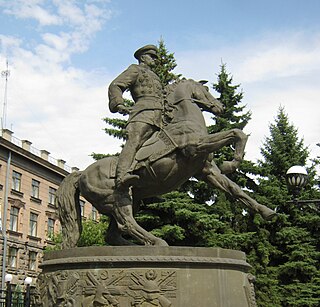
The monument to Marshal Zhukov is an equestrian statue of Soviet commander Georgy Zhukov in Yekaterinburg. It was erected on May 8, 1995 in front of the headquarters building of the Central Military District. In 2021, another sculptural monument to Zhukov was unveiled next to it, depicting the commander sitting in a car.
40. Гостиница Эрмитаж
The Hermitage Hotel is a hotel at 56 Malysheva Street, Yekaterinburg, built in 1882-1884, designed by architect M. L. Reutov. An example of hotel buildings in a brick style with classic decorative elements.
41. Храм Святой Анны
St. Anne's Church is a Roman Catholic church located in Yekaterinburg, in the Diocese of Novosibirsk in Russia, a suffragan of the Archdiocese of the Mother of God in Moscow. This church belongs to the group of parishes of the deanery of the Urals. The parish is run by the Sisters of the Congregation of Missionary Sisters of the Catholic Apostolate, founded by St. Vincent Pallotti (1795-1850).
42. Ekaterinburg Museum of Fine Arts
The Yekaterinburg Museum of Fine Arts, established in 1986, is the largest art museum of the Urals region of Russia. It is based in Voevodina Street on the banks of the Iset River in the city of Yekaterinburg.
43. Пшеничная
Pshenichnaya is a mountain in the Sverdlovsk region of Russia, in the northwestern suburbs of Yekaterinburg, near the village of Severka. The mountain stands near Lake Peschanoye. The rocks on the top of Mount Pshenichnaya are a geomorphological and botanical monument of nature.
44. Свердловский областной краеведческий музей
The Sverdlovsk Regional Museum of Local Lore is a museum in Yekaterinburg, Sverdlovsk Oblast, Russia. The museum is one of the oldest in Yekaterinburg, having been founded in 1870. In addition the main branch of the museum, the institution manages several other museums in the region.
Wikipedia: Sverdlovsk Regional Museum of Local Lore (EN), Website
45. Преображенская церковь на Уктусе
The Church of the Transfiguration is one of the oldest Orthodox churches in Yekaterinburg, Russia. Construction work on the church took place from 1808 to 1830. During Soviet times, it was devastated and converted into a rubber goods factory. It was reclaimed by the faithful in 1995.
Wikipedia: Church of the Transfiguration, Yekaterinburg (EN)
46. Свято-Троицкий Кафедральный собор
Holy Trinity Cathedral, sometimes shortened to Trinity Cathedral, is an Orthodox church in Yekaterinburg, Russia. Built between 1818 and 1839, the building served in several roles throughout the history of Imperial Russia, the Soviet Union, and Russian Federation. The church is currently managed by the Metropolitanate of Yekaterinburg.
47. Екатеринбургское реальное училище
The Yekaterinburg (Alekseevsky) Real School was a secondary educational institution in Yekaterinburg in 1873-1919, designed to promote the spread of the so-called real education, which was a type of general secondary education with a practical orientation.
48. Супрематический крест
The Suprematist Cross is an art object in the form of Suprematist graffiti, created by calligraphy artist Pokras Lampas in July 2019 in Yekaterinburg on the First Five-Year Plan Square as part of the Stenograffia festival.
49. Дом Бревновых
The Brevnovs' House is a house located at Yekaterinburg, Kirov Street, 3. A monument of urban planning and architecture of the Sverdlovsk region. A sample of a wooden residential building in Yekaterinburg of the early XX century, made by the architect A. Markov.
50. Т-64
The T-64 is a Soviet tank manufactured in Kharkiv, and designed by Alexander Morozov. The tank was introduced in the early 1960s. It was a more advanced counterpart to the T-62: the T-64 served in tank divisions, while the T-62 supported infantry in motor rifle divisions. It introduced a number of advanced features including composite armour, a compact engine and transmission, and a smoothbore 125-mm gun equipped with an autoloader to allow the crew to be reduced to three so the tank could be smaller and lighter. In spite of being armed and armoured like a heavy tank, the T-64 weighed only 38 tonnes.
51. Театр музыкальной комедии
The Sverdlovsk State Academic Theater of Music Comesia - the Musical Theater in Yekaterinburg, was founded in 1933, since 1986 - academic. One of the leading theaters of Russia, the multiple holder of the National Theater Prize "Golden Mask".
Wikipedia: Свердловский государственный академический театр музыкальной комедии (RU), Website
52. Madrid hotel building
The Madrid Hotel is an inactive hotel in Yekaterinburg, located on the square of the 1st Five-Year Plan. It was built according to the project of architects V.V. Bezrukov and P.V. Oransky with the participation of B.M. Shefler in 1933-1937. It is part of the architectural ensemble of buildings of the 1st Five-Year Plan Square of Yekaterinburg and an architectural monument of federal significance. In the plan, the structure has a corner shape and is located between Mashinostroiteley Street and Kultury Boulevard converging to the square.
53. Church on Blood in Honour of All Saints Resplendent in the Russian Land
The Church on the Blood is an Orthodox church in Yekaterinburg, built on the site of the Ipatiev House, in which the last Russian Emperor Nicholas II, his family and four servants were kept under arrest and shot on the night of July 17, 1918 Built in 2000-2003, it became the main tourist attraction of Yekaterinburg, as well as the main center of memory of St. Nicholas II and his family. attracting Orthodox pilgrims not only from Russia, but also from all over the world
54. Художественный Музей Эрнста Неизвестного
The Ernst Neizvestny Art Museum is a state museum in Yekaterinburg dedicated to the work of the sculptor and artist Ernst Neizvestny, a native of the city. This is the first museum of E. Neizvestny in Russia, opened on his 88th birthday, April 9, 2013, on the initiative of a number of public figures of Yekaterinburg and with the support of the Governor of the Sverdlovsk Region.
Wikipedia: Художественный Музей Эрнста Неизвестного (RU), Website
55. Young Spectator Theater
The Yekaterinburg Municipal Theater of the Young Spectator is a theater for young spectators in Yekaterinburg. The playbill includes performances for all age groups, the motto of the theater is: "From childhood - and for life!"
Wikipedia: Екатеринбургский муниципальный театр юного зрителя (RU)
56. Chertovo Gorodishe mountain
The Devil's Hillfort is a mountain and a rock massif of the same name on its top in the northwestern part of the Yekaterinburg Municipal Formation of the Sverdlovsk Region of Russia. The mountain with rocks is located 4.5 km south of the village of Iset and 20 km northwest of the center of Yekaterinburg, in the forest left bank of the Semipalatinka River. It is part of the territory of the Zheleznodorozhny District of Yekaterinburg.
Share
How likely are you to recommend us?
Disclaimer Please be aware of your surroundings and do not enter private property. We are not liable for any damages that occur during the tours.
